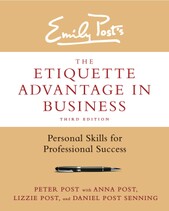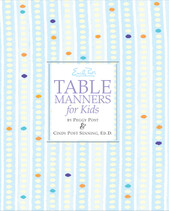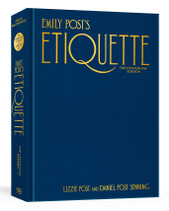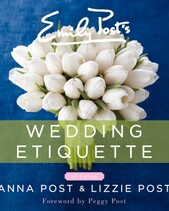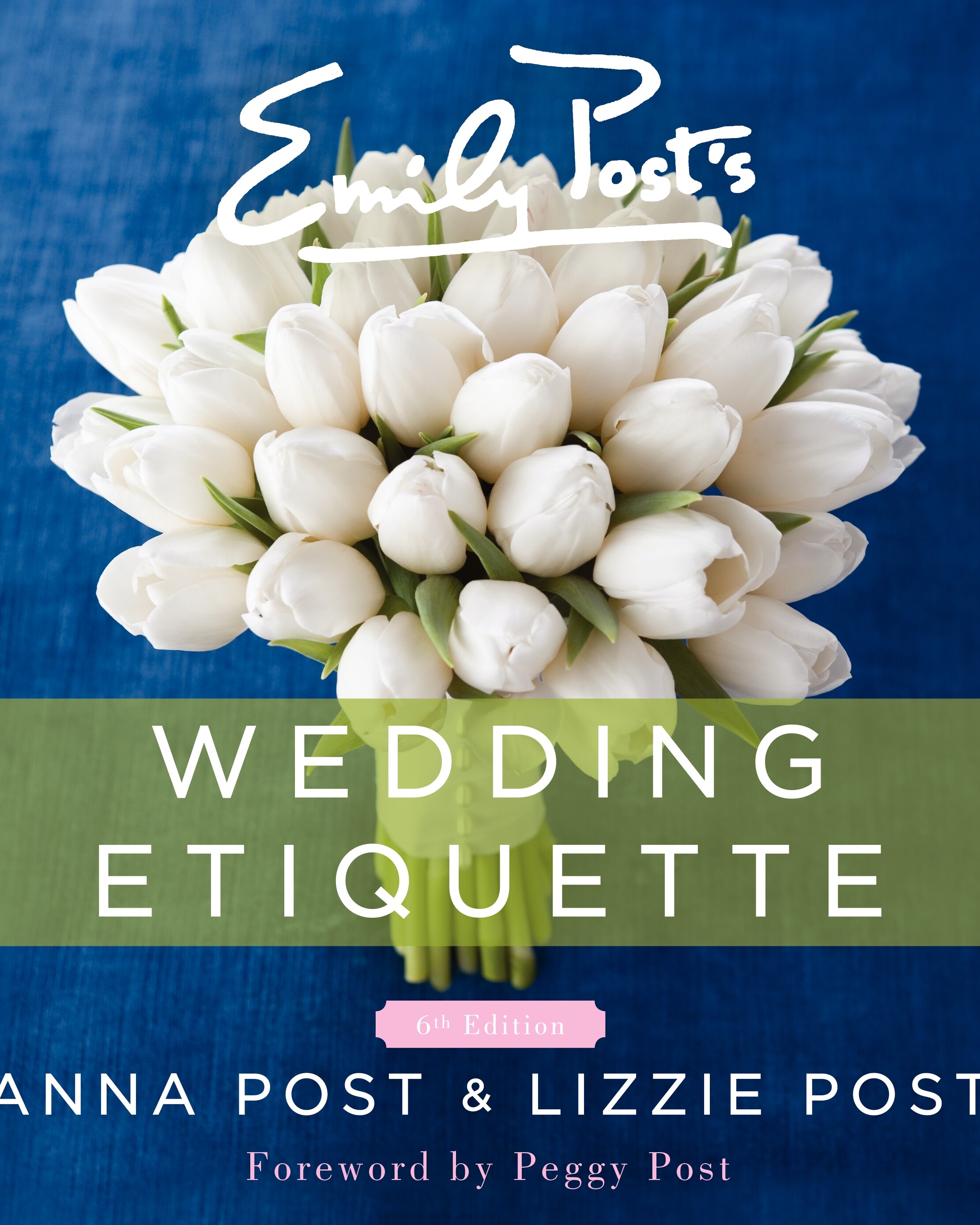
Vermont Vows: Golden Rules of the Receiving Line
This isn't your grandmother's wedding reception! Modern weddings mean modern approaches to traditional rules, but in the age of e-mail invitations, and iPod DJs, it might seem like we're no longer playing by the old rulebook. But even in the modern era, some essential values remain. To have a fabulous reception today involves more than choosing a venue, planning the menu, hiring musicians or a DJ, and arranging for cake and decorations. As the hosts or reception honorees, rule number one for brides and grooms is to offer your guests gracious hospitality and arrange for their comfort and enjoyment during your wedding day party.
Receiving Line Basics
Let's start by setting the record straight: A receiving line isn't required. However, the bride and groom do have to greet and thank every one of their guests for coming to their wedding. A receiving line really is the best way to be sure they don't miss anyone, especially if the wedding is large (more than 75 people). A receiving line is also a great (and efficient) way to be sure all the guests have a chance to meet the couple's parents and attendants. At a small wedding, it's fine for the bride and groom to visit with each table - usually during the meal—to greet, thank, and chat with their guests.
The receiving line is held either at the ceremony site as people exit the service, followed by formal picture-taking, or as soon as the couple reaches the reception area, after the formal pictures. Ideally, the location permits guests to have refreshments while they wait for their turn, or allows the line to flow into the reception area.
Who's In Line?
For some reason, groomsmen often panic about having to be in a receiving line. Relax, guys, you're off the hook. Whoever is hosting the wedding is the first in the line. Traditionally, that's the bride's mother, followed by her father, the groom's mother and father, the bride, the groom, the maid or matron of honor, and one or two bridesmaids (they can take turns and share the duty). But if Aunt Martha and Uncle Fred are hosting, Aunt Martha starts the line. Fathers aren't required to stand in line; they can circulate, with the groomsmen, among the guests. However, if one father participates, the other should also. In a military wedding. it's protocol for a groom in uniform to stand before his bride.
D-I-V-O-R-C-E
When the bridal couple has one or more sets of divorced and/or remarried parents, their tact and diplomacy skills can be put to the test. The key is to plan and communicate ahead of time: There should be no surprises on the big day. Plan where the respective parents will be seated at the ceremony and reception, and who will stand in the receiving line.
Divorced parents don't stand together in the receiving line. The simplest solution is that the parent and step-parent who either host the reception, or who are the closest to the bride
or groom, stand in the receiving line. Also divorced parents aren't seated at the same table at the reception. More important than those bits or standard etiquette, however is how everyone feels about it. Individual situations vary so much that you have to work out an arrangement that is the most sensible for your family. For example, perhaps the different couples take turns in the receiving line.
When relations between divorced parents and their current spouses are amicable, they may all stand in the receiving line - but separated by the other sets of parents to prevent confusion or embarrassment for guests. Think "mom first". For example: 1) bride's mother and stepfather; 2) groom's mother and stepfather; 3) bride's father and stepmother; 4) groom's father and stepmother. (Now dismiss the bridesmaids - the line is long enough!)
Article originally published in Vermont Vows Spring/Summer 2010
